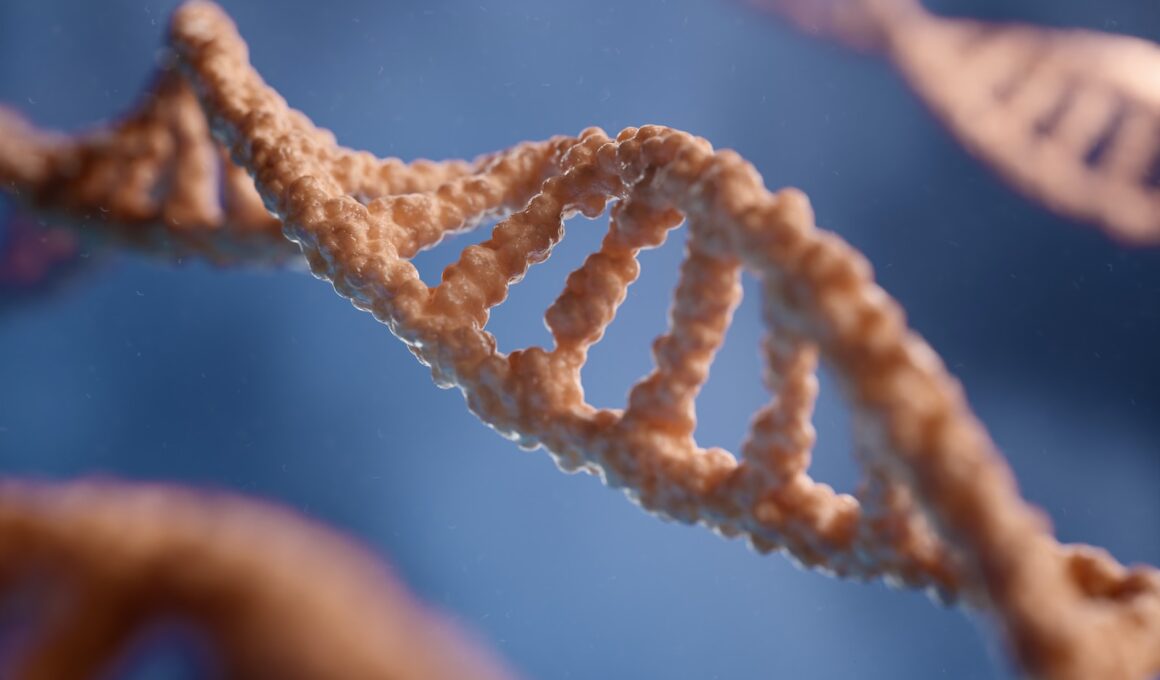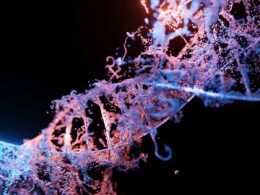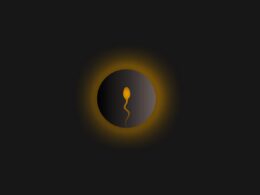Spermatozoa are elongated cells that consist of a head, body (middle section) and tail. They have 23 chromosomes and a flagellum that allows them to move. They also have the most tightly packed DNA in a cell.
During fertilization, sperm and egg cells join to form a new embryo with 46 chromosomes (23 pairs). These chromosomes come from each parent and contain the same genes with small variations in their DNA letters.
The number of chromosomes in a sperm cell
In healthy humans, each sperm and egg has 23 pairs of chromosomes. When they meet an embryo, they each transmit their 23 chromosomes to the fetus. However, if one of these chromosomes is missing or altered, the result is a miscarriage or a genetic disorder such as Down’s syndrome. Now scientists have discovered that a special protein helps sperm and eggs maintain the correct number of chromosomes. This discovery may lead to better treatments for infertility, spontaneous miscarriages and developmental disorders.
The research team used the TUNEL (Terminal deoxynucleotidyl Transferase Biotin-dUTP Nick End Labeling) assay to measure DNA fragmentation in sperm cells. The DNA was then fluorescently labeled with streptavidin-conjugated FITC. A Beckman Coulter flow cytometer was used to analyse the samples and determine the percentage of TUNEL-positive events.
The researchers also analyzed the topology of five of the 23 chromosome centromeres in the nucleus of each sperm cell. The D/L and H/L ratios described the radial intranuclear position of the centromeres. This information revealed that reshuffling variations in the chromocenter of sperm nuclei were associated with a low quality of DNA. However, the assays are not able to distinguish all the possible reshuffling variations in the centromeres of sperm nuclei. These differences are probably caused by multiple mechanisms that affect chromosome stability during spermiogenesis. These data suggest that the aetiology of sperm DNA damage is multifactorial and requires further investigation.
The number of chromosomes in an egg
Chromosomes are tiny rod-shaped structures that contain 23 pairs of genes in the human body. These genes carry the genetic information that determines traits that are passed down from parents to their children. They are the key reason why most people are completely unique (with the exception of identical twins) and why different siblings often have very different personalities.
All of the cells in your body contain 46 chromosomes in two complete sets (diploid). However, human sex cells – such as egg and sperm – are haploid, meaning they only contain one set of 23 chromosomes. This happens during a specialized cell division process called meiosis, which creates sperm and eggs with each parent contributing a single set of chromosomes to the new cells.
During meiosis, the matching chromosomes of each parent are linked together by a process known as crossing-over. This process allows the chromosomes to swap chunks of DNA, resulting in an infinite number of combinations. Ideally, these combinations will result in fertilized eggs that contain the correct set of 23 chromosomes. However, despite the best efforts of the cells to make the right match, some errors may occur.
A key factor in this error is the abnormal spindle apparatus of the egg. This is particularly likely to be the case with older eggs, which are prone to mutations that cause chromosomal problems.
The number of chromosomes in a fetus
Each cell in the body contains 23 pairs of chromosomes (46 total). Every human being starts out as just one of these cells, formed when a woman’s egg is fertilized by a man’s sperm. Each chromosome is made up of long molecules of DNA, or deoxyribonucleic acid, wrapped around proteins called histones. Together these molecules form a structure called a chromosome, and specific sections of DNA are known as genes.
During the process of meiosis, which creates eggs and sperm, matching chromosomes pair up and become connected through a process called crossing over. This is essential for accurate chromosome sorting and producing sperm and eggs with the correct number of chromosomes. However, excessive crossovers can lead to structural abnormalities. These abnormalities include deletions, duplications, rings, and inversions.
In normal sperm cells, the centromeres of chromosomes X and Y are found at the same location in the nucleus. In infertile sperm cells, this location is disrupted, with the centromeres moved closer to each other. This results in changes in chromatid cohesion and nuclear topology.
Sperm cells have 46 chromosomes pairs; they contain 23 from the father and 23 from the mother. If these pairs are fused during fertilization, the resulting embryo will have one set of 46 chromosomes. Eggs, on the other hand, have only 23 chromosomes. These differences in chromosomes are what determine the sex of an individual.
The number of chromosomes in a baby
Each cell in the body contains 23 pairs of chromosomes (46 total). These chromosomes contain genes that control how the body develops and functions. They also determine the person’s genetic makeup and make him or her susceptible to certain diseases.
Most cells in the body get their chromosomes from their biological mother and father. Each pair of chromosomes contains two identical autosomes, which come in pairs, and two sex chromosomes, which determine whether the person is male or female. The sex chromosomes are usually the same size and shape, but they may differ slightly in DNA letters. If a woman’s egg and sperm with matching sex chromosomes fertilize, they produce a diploid cell that can grow into an embryo or fetus.
However, sometimes errors can occur in the process of cell division. For example, a sperm or egg cell might keep both copies of chromosome 21 when the chromosomes are separated. This error is called a translocation. When the fertilized egg, fetus, or baby develops, all of its cells will have an extra copy of chromosome 21. This condition is known as trisomy 21 and it causes Down syndrome.
There are many different types of chromosomal abnormalities. These errors can be numerical or structural. Numerical abnormalities are when a whole chromosome is missing or extra to the normal pair. Structural abnormalities are when a part of a chromosome is missing, extra, switched with another chromosome, or turned upside down.





